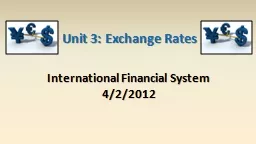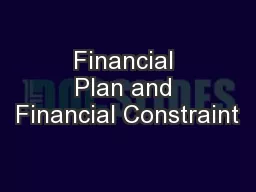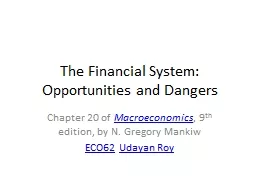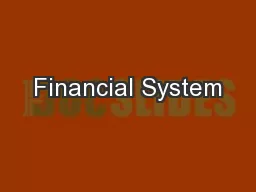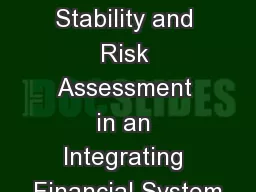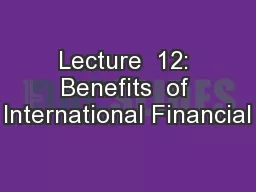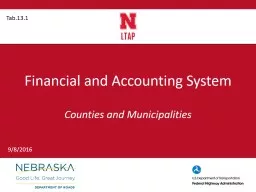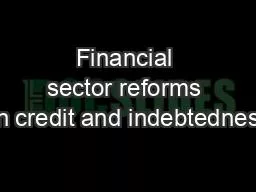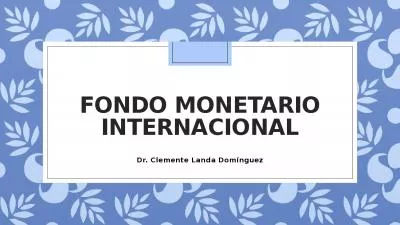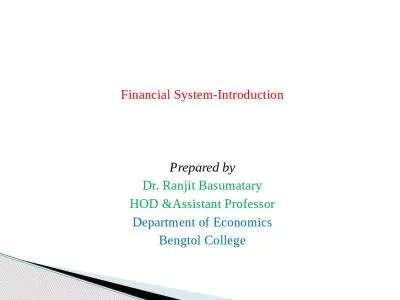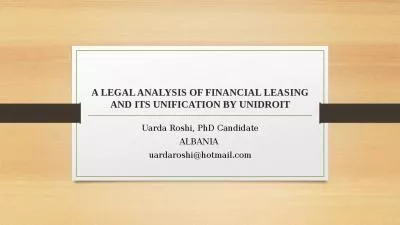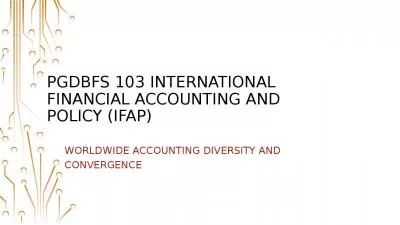PPT-International Financial System
Author : alida-meadow | Published Date : 2016-06-14
422012 Unit 3 Exchange Rates Exchange Rate Regimes fixed exchange rate a currencys value is matched to the value of another single currency or to a commodity eg
Presentation Embed Code
Download Presentation
Download Presentation The PPT/PDF document "International Financial System" is the property of its rightful owner. Permission is granted to download and print the materials on this website for personal, non-commercial use only, and to display it on your personal computer provided you do not modify the materials and that you retain all copyright notices contained in the materials. By downloading content from our website, you accept the terms of this agreement.
International Financial System: Transcript
Download Rules Of Document
"International Financial System"The content belongs to its owner. You may download and print it for personal use, without modification, and keep all copyright notices. By downloading, you agree to these terms.
Related Documents

